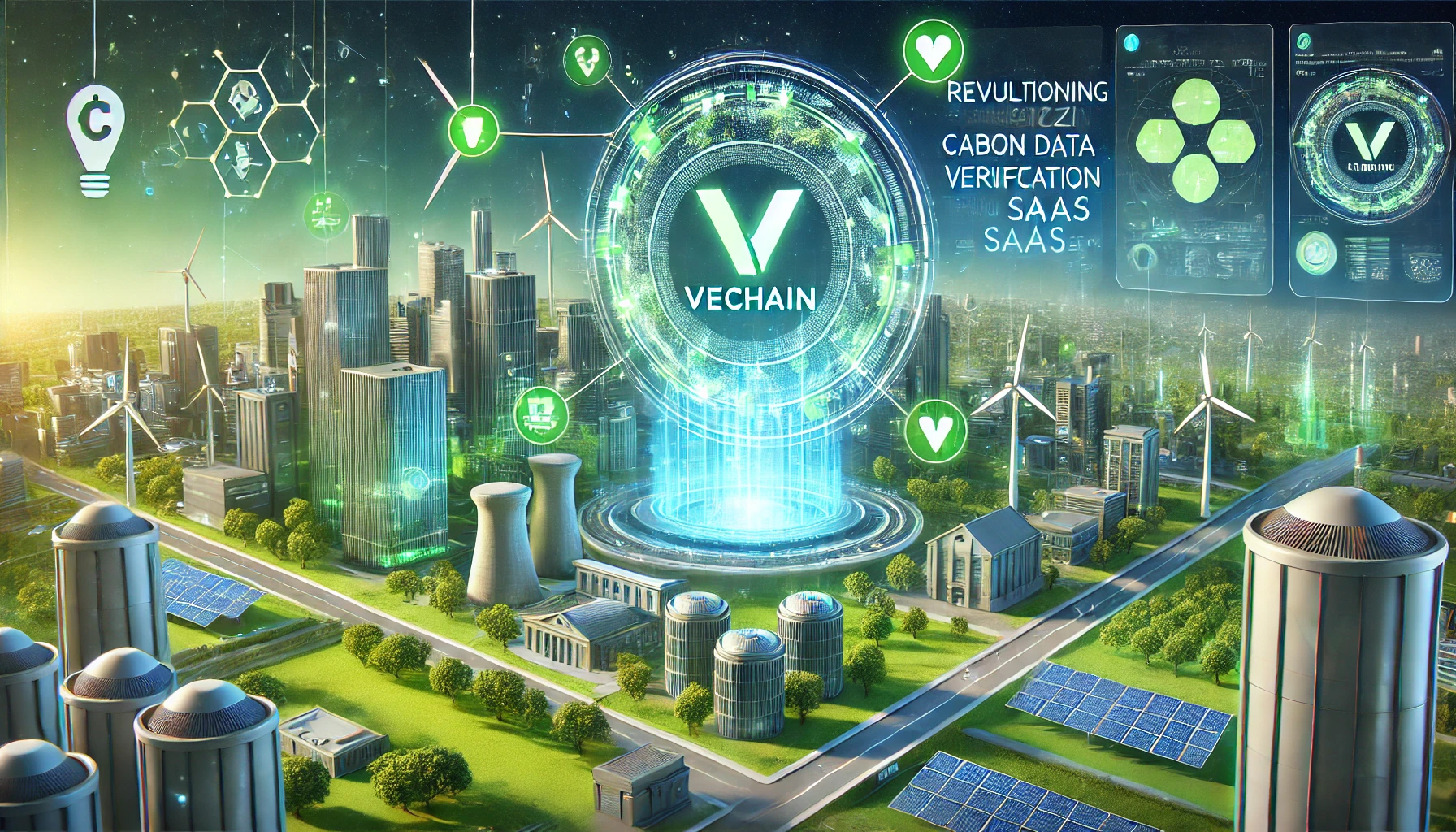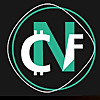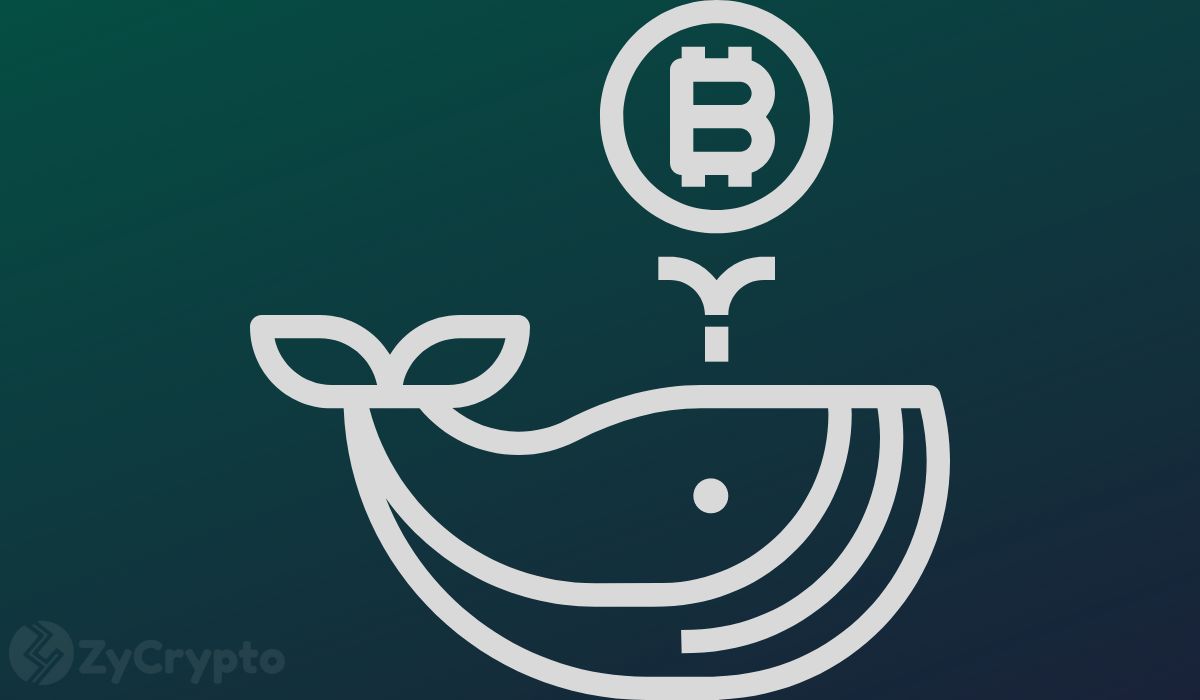ARTICLE AD BOX

- VeChain faces growing criticism from its community, particularly around concerns over the limited utility of its native token, VET.
- The governance structure of VeChain is also under scrutiny, with concerns about potential centralization due to the influence of Authority Nodes and the use of funds for the VeBetterDAO initiative.
VeChain, a leading enterprise-focused blockchain, is facing increased scrutiny from its community over concerns about its ecosystem and the utility of its native token, VET. Andrea Mortarotti, co-founder of Progetto Bridge, voiced concerns on X about the blockchain firm’s recent decisions and weak tokenomics.
VeChain Faces Community Backlash
One of the main concerns centers around the VeBetterDAO (VBD) initiative. This initiative focuses on promoting a sustainable environment by utilizing decentralized apps (dApps) like Mugshot, Cleanify, Greencart, and Non-Fungible Book Club, per the CNF report. However, many in the community believe it has diverted attention from the core issues surrounding the VET ecosystem.
According to Mortarotti, the launch of VeBetterDAO has overshadowed the need to address the utility and value proposition of the VET token. Despite the development of new projects, VET’s role within the ecosystem has remained limited. This raises questions about its long-term value for both users and investors.
Another key issue highlighted is that companies can utilize VeChain’s technology without holding significant amounts of VET due to the low cost of VeThor (VTHO), the gas token used to power transactions. VeChain itself often sponsors the VTHO required for transactions, eliminating the need for businesses to hold $VET.
This practice has led to an important question within the community: “Why hold $VET?” VeChain’s management has pointed to partnerships and increased adoption as key reasons for holding VET.
Also, VET holders can generate VTHO and participate in governance. However, some argue that these benefits are insufficient to drive demand for the token as private companies continue to use the technology without VET. As Mortarotti pointed out,
This disconnect between VeChain’s ecosystem growth and VET’s utility limits the token’s appreciation potential and reduces its strategic importance.
Concerns Regarding Governance Structure
VeChain’s governance structure has also been criticized, with critics questioning the influence of Authority Nodes. The community is concerned about decentralization due to these nodes’ anonymity and potential ties to private companies. If VeChain and its private partners control the majority of these nodes, some fear this could lead to centralization.
Additionally, the launch of the VeBetterDAO has raised questions about the allocation of funds. Mortarotti suspects that resources may have been used for unapproved purposes without consultation with the governance committee and node operators.
One commentator noted that while VeChain’s tokenomics makes it “a poor choice” for investors due to low gas fees and an oversupply of VET. To this, Mortarotti responded, “Lowering the cost of gas would have made sense with real mass adoption and not with an assumption of adoption and expiring contracts with giants like DNV.”
He also highlighted the need for a clear strategy from VeChain’s private and third-party companies regarding VET and VTHO tokens. According to Mortarotti, “Private and third-party companies, if run by foundation members, should have had a well-defined plan of action for VET and VTHO tokens, thus incentivizing purchase and retention.”
.png)
 1 month ago
3
1 month ago
3








 English (US)
English (US)